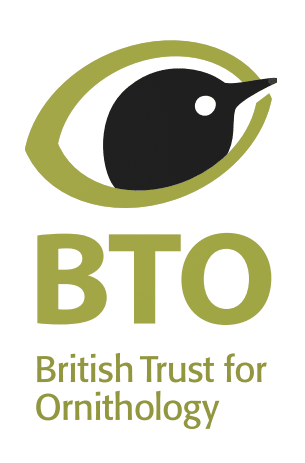All publications for Kate Plummer
2024.
Supplementary bird feeding as an overlooked contribution to local phosphorus cycles..
Frontiers in Ecology and Evolution
2024.
Not in the countryside please! Investigating UK residents’ perceptions of an introduced species, the ring-necked parakeet (Psittacula krameri).
NeoBiota
93
: 1-24
View at journal website (DOI: 10.3897/neobiota.93.110122)
2024.
Using butterfly survey data to model habitat associations in urban developments.
Journal of Applied Ecology
View at journal website (DOI: 10.1111/1365-2664.14583)
2023.
Trends in butterfly populations in UK gardens - new evidence from citizen science monitoring.
Insect Conservation and Diversity
Link to publication
View at journal website (DOI: 10.1111/icad.12645)
2023.
Using species-habitat models to predict bird counts from urban development plans.
Landscape and Urban Planning
230
View at journal website (DOI: 10.1016/j.landurbplan.2022.104629)
2021.
A global horizon scan of the future impacts of robotics and autonomous systems on urban ecosystems.
Nature Ecology & Evolution
View at journal website (DOI: 10.1038/s41559-020-01358-z)
21pp
2020.
Evaluating the potential for bird‐habitat models to support biodiversity‐friendly urban planning.
Journal of Applied Ecology
57
: 1 902-1 914
View at journal website (DOI: 10.1111/1365-2664.13703)
2019.
Using GIS-linked Bayesian Belief Networks as a tool for modelling urban biodiversity.
Landscape and Urban Planning
189
: 382-395
View at journal website (DOI: 10.1016/j.landurbplan.2019.05.012)
14pp
2019.
The composition of British bird communities is associated with long-term garden bird feeding.
Nature Communications
View at journal website (DOI: 10.1038/s41467-019-10111-5)
2018.
Effects of supplementary feeding on interspecific dominance hierarchies in garden birds.
PLOS ONE
13 (part 9)
View at journal website (DOI: 10.1371/journal.pone.0202152)
2018.
Effects of winter food provisioning on the phenotypes of breeding blue tits.
Ecology and Evolution
View at journal website (DOI: 10.1002/ece3.4048)
2018.
Covariation in urban birds providing cultural services or disservices and people..
Journal of Applied Ecology
View at journal website (DOI: 10.1111/1365-2664.13146)
2017.
Addressing Uncertainty in Marine Resource Management; Combining Community Engagement and Tracking Technology to Characterize Human Behavior.
Conservation Letters
10
: 460-469
Link to publication
View at journal website (DOI: 10.1111/conl.12293)
2017.
A bird's eye view: using circuit theory to study urban landscape connectivity for birds.
Landscape Ecology
32
: 1 771-1 787
Link to publication
View at journal website (DOI: 10.1007/s10980-017-0548-1)
17pp
Download Report (PDF)
2017.
Doses of neighborhood nature: the benefits for mental health of living with nature.
BioScience
67 (part 2)
: 147-155
View at journal website (DOI: 10.1093/biosci/biw173)
2016.
Investigating the impact of street lighting changes on garden moth communities.
Journal of Urban Ecology
2 (part 1)
View at journal website (DOI: 10.1093/jue/juw004)
2015.
The effect of artificial lighting on the arrival time of birds using garden feeding stations in winter: A missed opportunity?.
Urban Ecosystems
19
: 535-546
View at journal website (DOI: 10.1007%2Fs11252-015-0516-y)
2015.
Is supplementary feeding in gardens a driver of evolutionary change in a migratory bird species?.
Global Change Biology
21
: 4 353-4 363
Link to publication
View at journal website (DOI: 10.1111/gcb.13070)
2014.
Resolving issues with environmental impact assessment of marine renewable energy installations.
Frontiers in Marine Science
1
Link to publication
View at journal website (DOI: 10.3389/fmars.2014.00075)
2014.
Strangford Lough and the SeaGen Tidal Turbine.
Book title: Marine Renewable Energy Technology and Environmental Interactions(Humanity and the Sea)
Springer
: 153-172
ISBN: 978-94-017-8001-8
2013.
Fat provisioning in winter impairs egg production during the following spring: a landscape-scale study of blue tits.
Journal of Animal Ecology
82 (part 3)
: 673-682
Link to publication
View at journal website (DOI: 10.1111/1365-2656.12025)
2013.
Winter food provisioning reduces future breeding performance in a wild bird.
Scientific Reports
3
Link to publication
View at journal website (DOI: 10.1038/srep02002)


